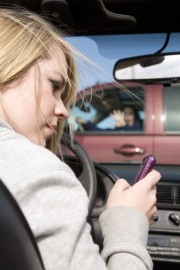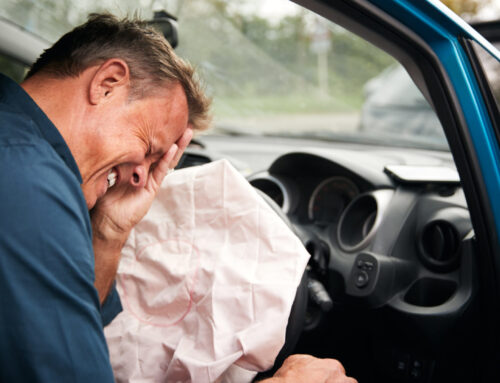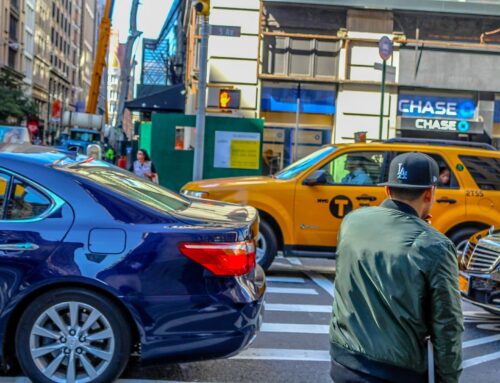William W. Hurst, Indiana Lawyer
Three appellate New Jersey Judges surprised phone owners everywhere Tuesday with a new message: You don’t have to be texting and driving to get in trouble, you may be legally liable for a crash if you’re on the other end of the phone.
In the New Jersey case, Kubert v. Best, A-1128-12T4, 2013 WL 4512313 (N.J.
The key to any such lawsuit will be to prove that the texter knew the person receiving the text was driving. One potential way to prove that is by looking at the texts themselves which may reveal the texter’s knowledge. Beyond that, the likelihood of the admission between either party is rather remote. On the other hand the argument can be made that even though they texter may have known the person was driving, the mere fact that the text was made doesn’t mean that the recipient would have to read the text and respond immediately. This argument goes to the very requirement of tort theory i.e. the resulting accident was foreseeable to the texter.
The reason such a case is likely to fail in Indiana would involve the difficulty of proving that the texting was the proximate case of the accident. A negligent act or omission is a proximate cause of injury if the injury is the natural and probable consequence that in light of the circumstances, should reasonably have been foreseen or anticipated. Harper v. Guarantee Auto Stores, 533 N.E.2d 1258 (Ind. Ct. App. 1989). Thus the issue is, could the person that texts reasonably expect a driver to read the text while driving and become distracted and be involved in an accident that causes injury? Seems unlikely!
One Indiana case which is somewhat analogous was Key v. Hamilton, 963 N.E.2d 573 (Ind. Ct. App. 2012) transfer denied, 969 N.E.2d 606 (Ind. 2012). In that case a motorcyclist was injured when he struck a motorist at a busy intersection. A motorist entered the intersection after being waved as “all clear” by a truck driver, striking the motorcyclist. The truck driver was sued by the motorcyclist and was found guilty of negligence. The trial court found that the motorcyclist’s injuries were both foreseeable and set into motion by the truck driver’s (defendant’s) action of waving the motorist through the intersection, making the truck driver’s actions a proximate cause of the motorcyclist’s injuries. Key v. Hamilton, 963 N.E.2d 573, 585 (Ind. Ct. App. 2012) transfer denied, 969 N.E.2d 606 (Ind. 2012). Similar to the court in New Jersey, the Court in Key v Hamilton found that the damage was foreseeable and set in motion by the actions of another person not involved in the crash.
The issue of penalizing the “texter” as well as the negligent driver has drawn quite a bit of media attention and has inspired fear and dread in texters everywhere. The real question one must ask is if this sort of thing will become commonplace. The answer: unlikely!




